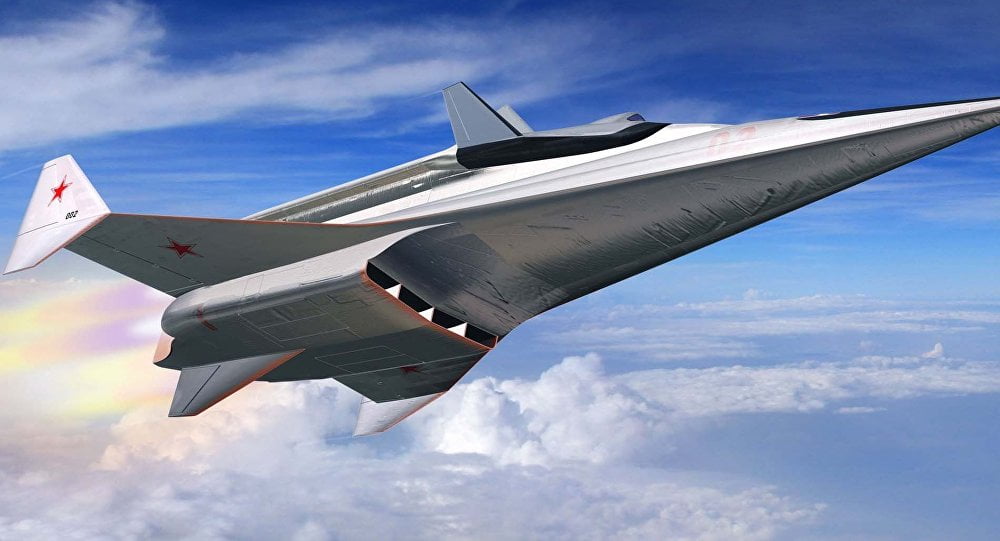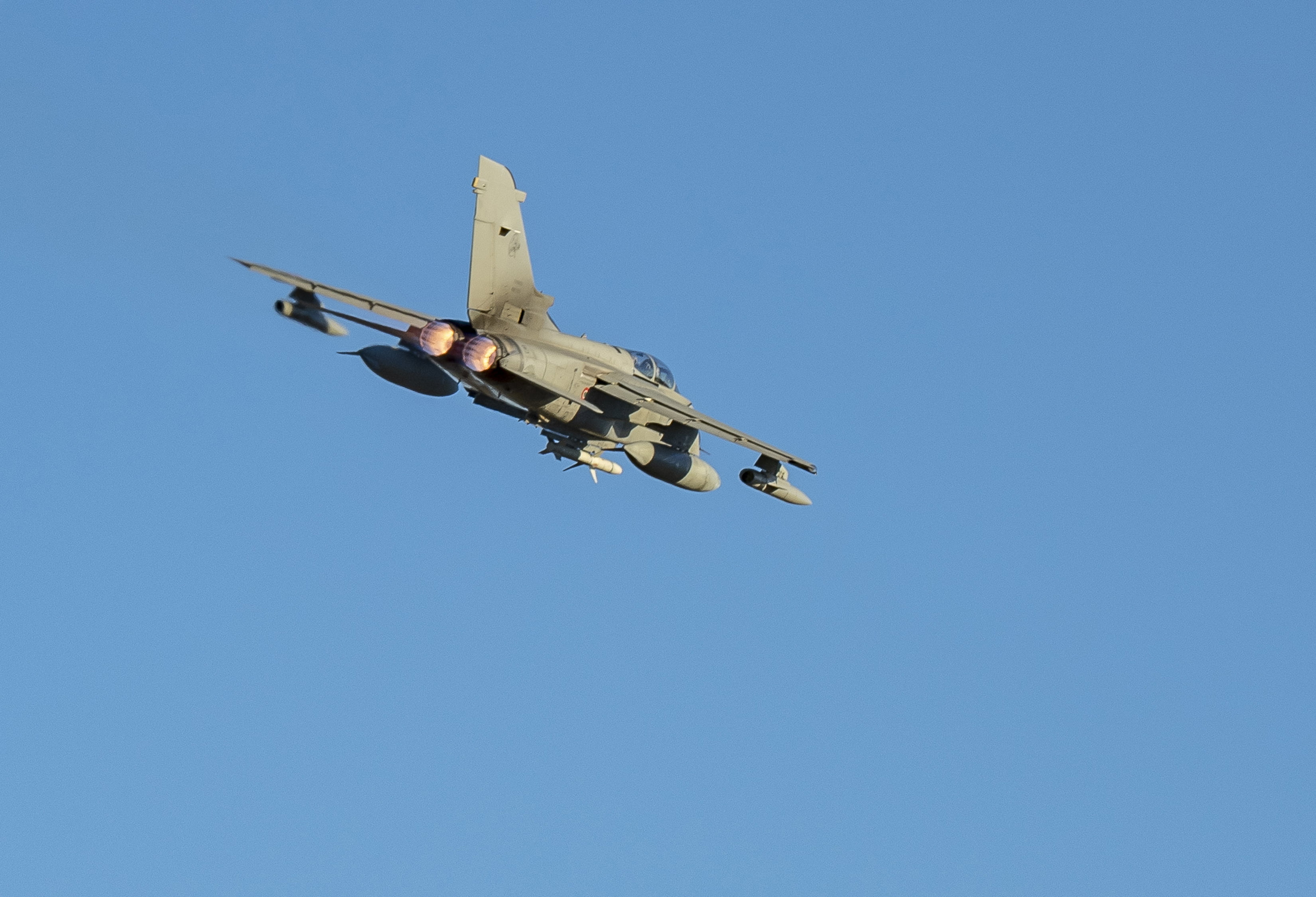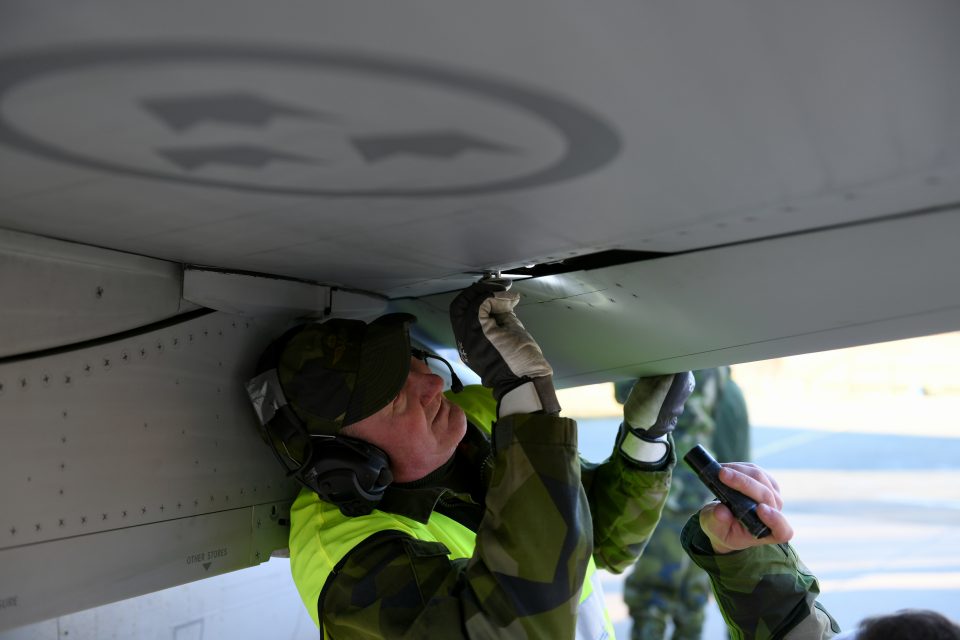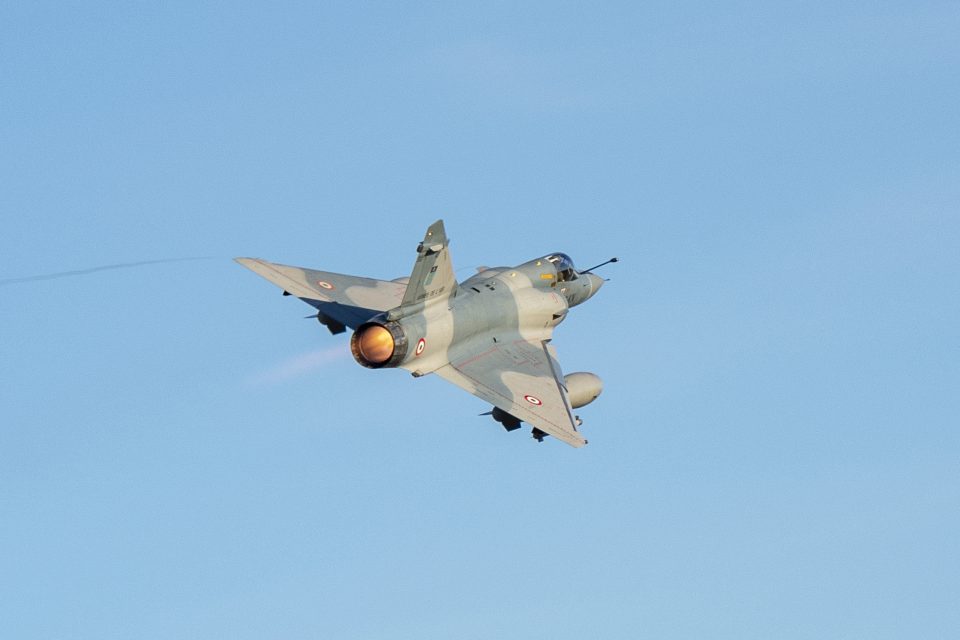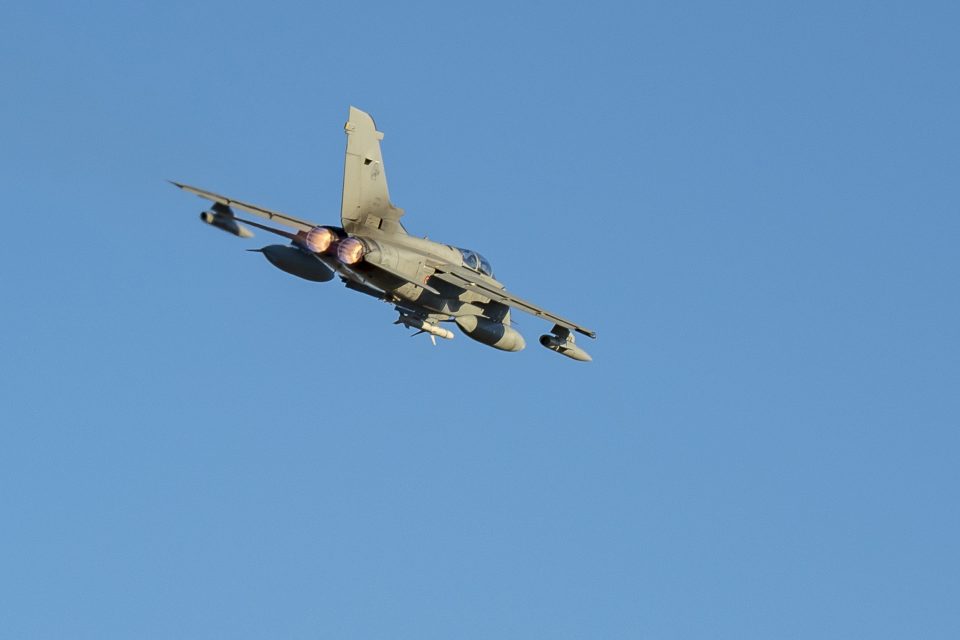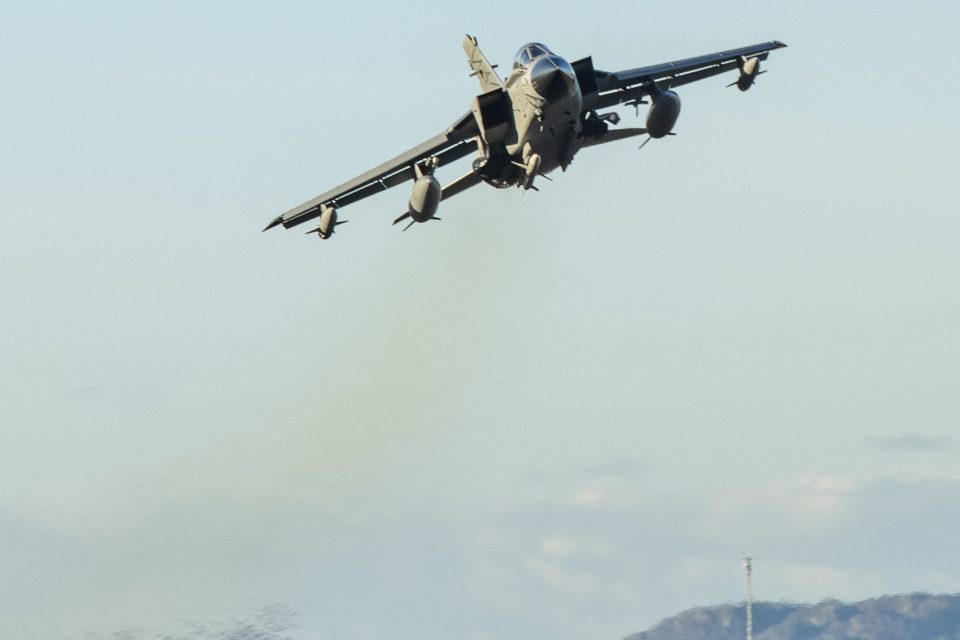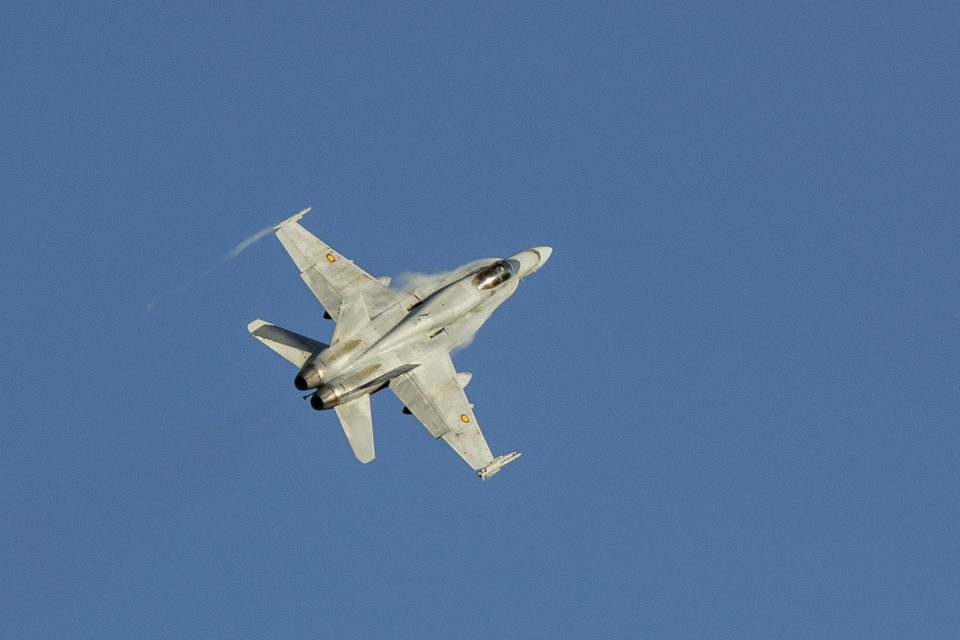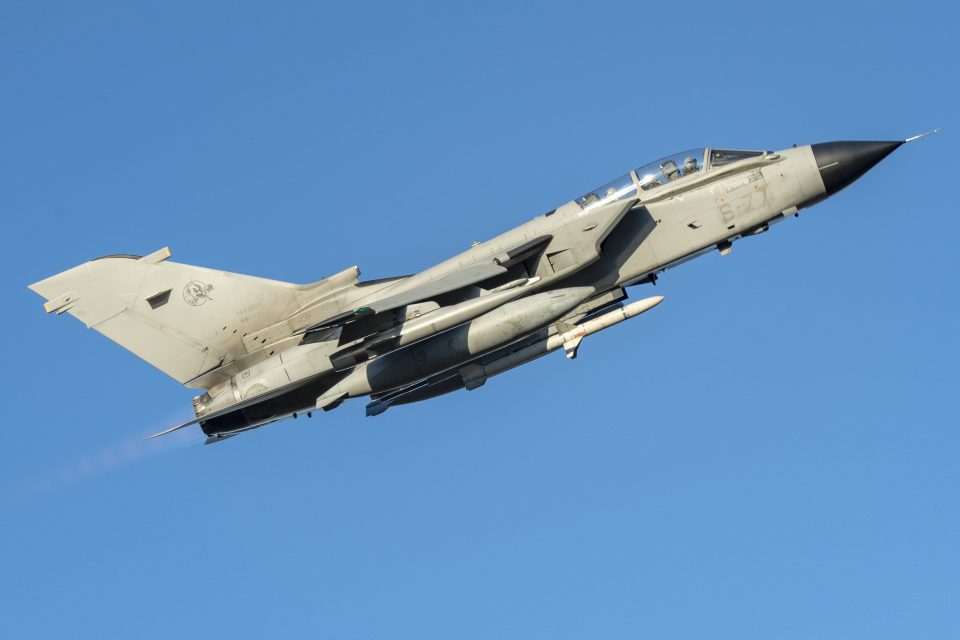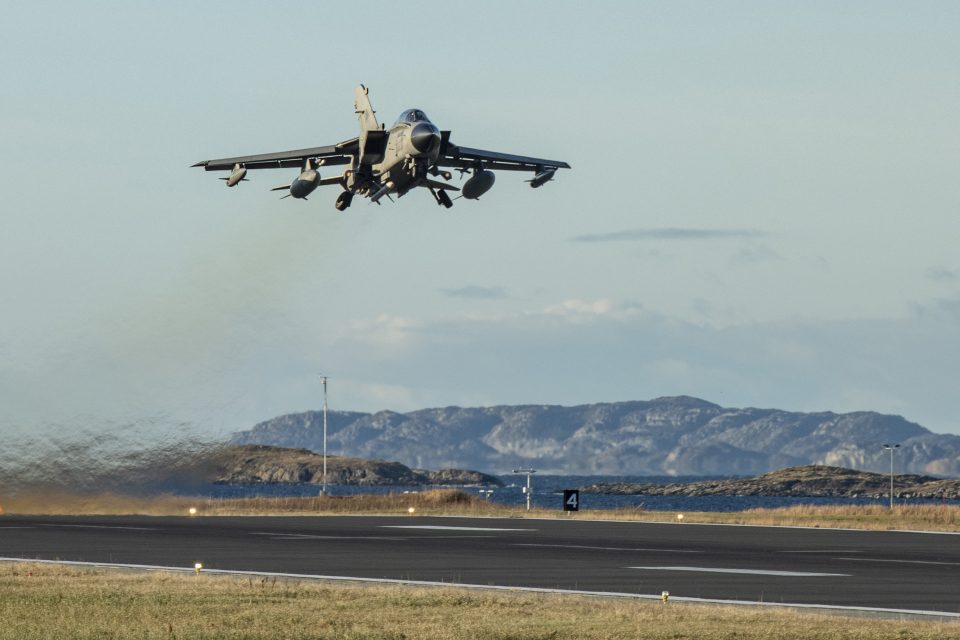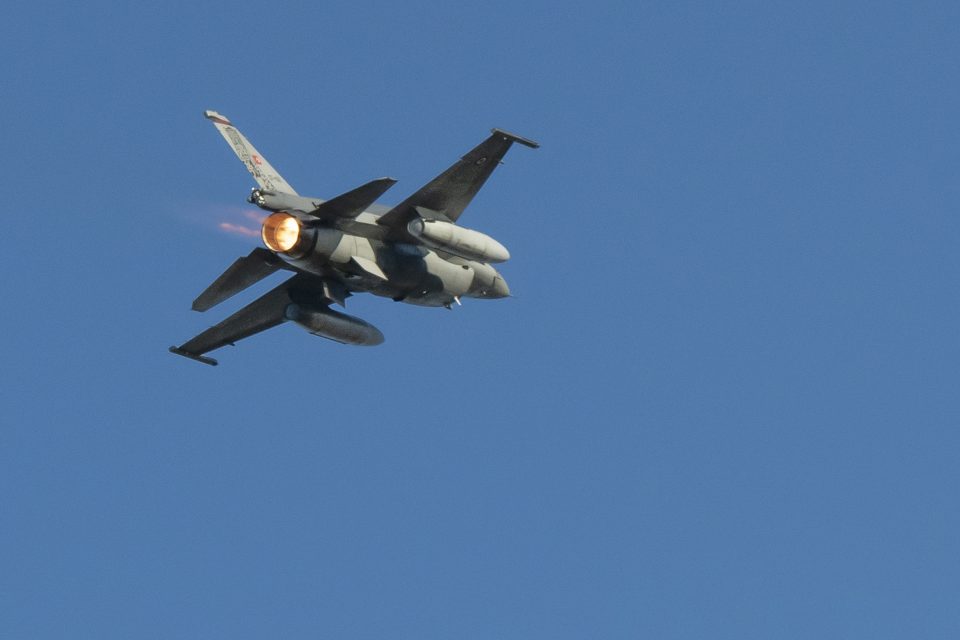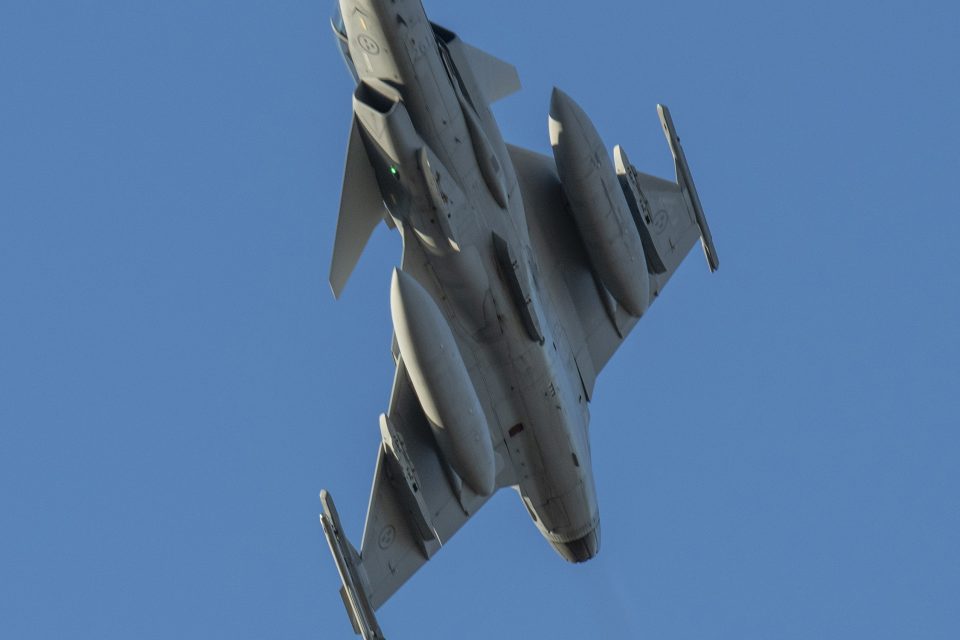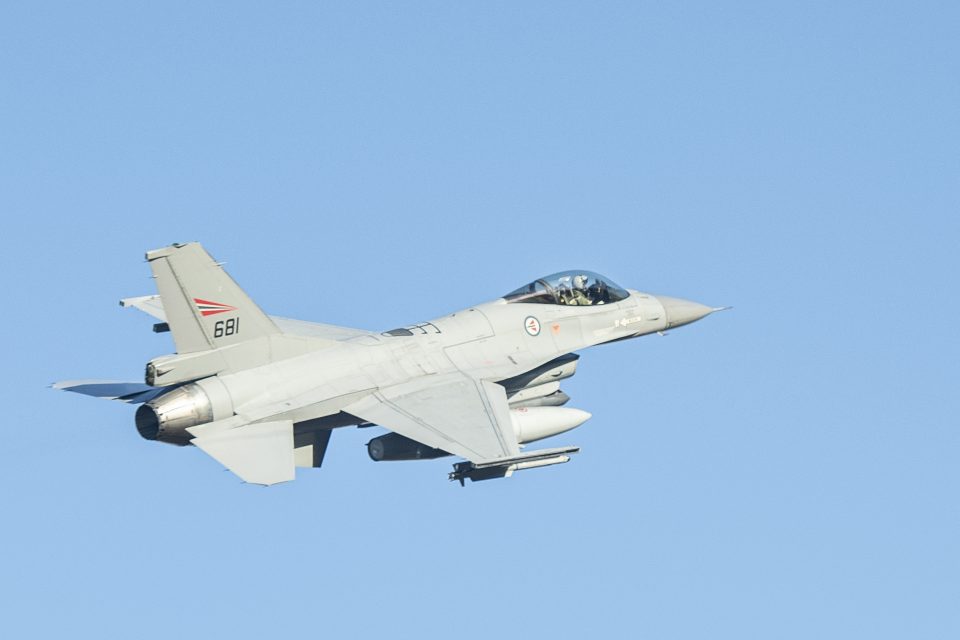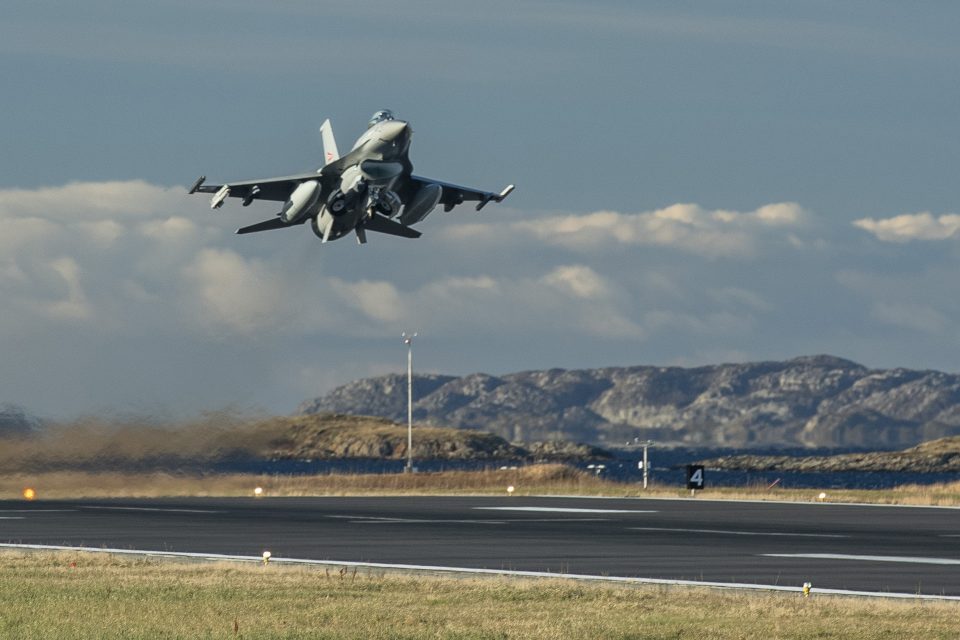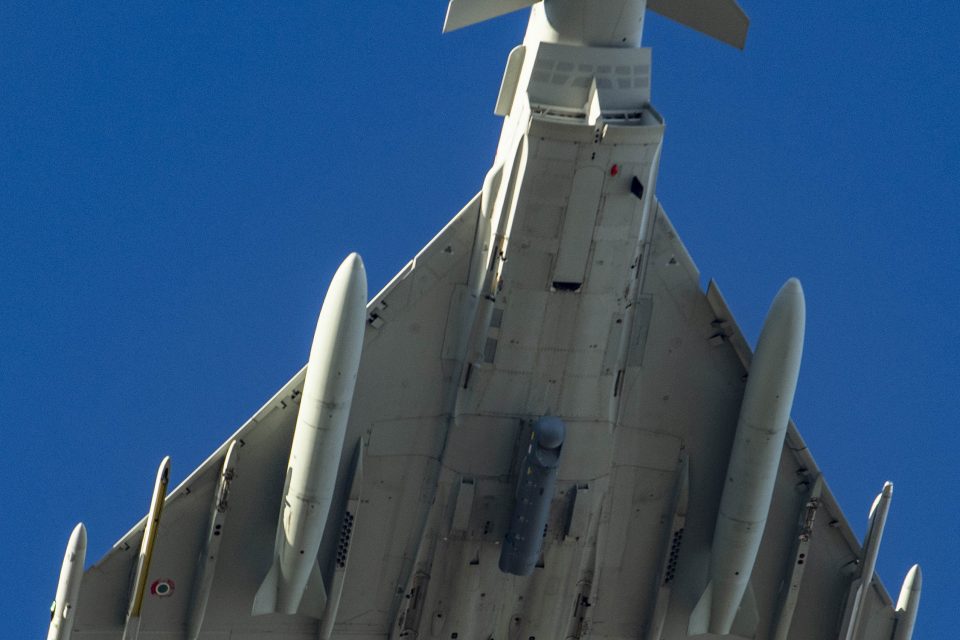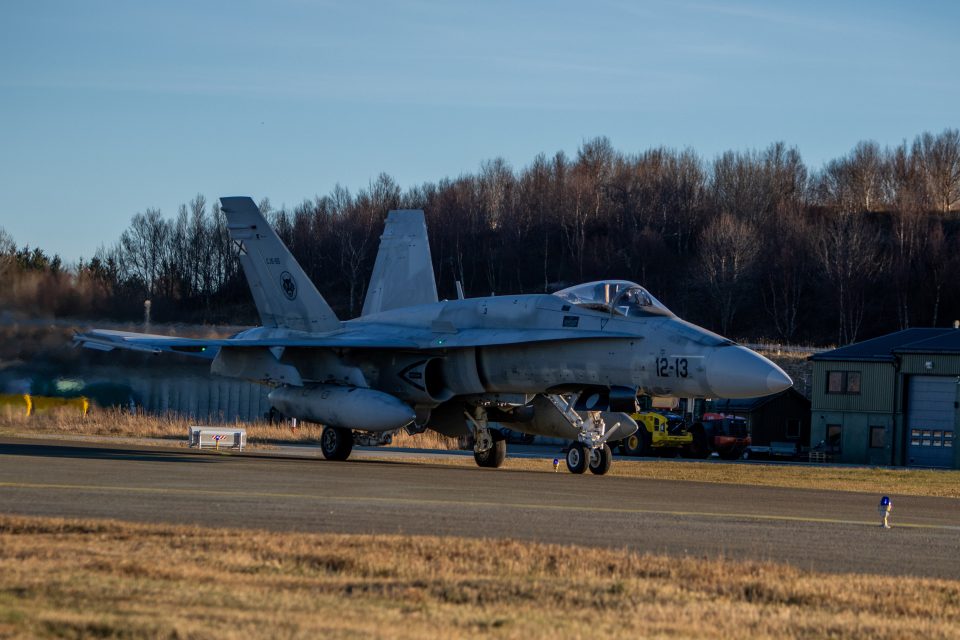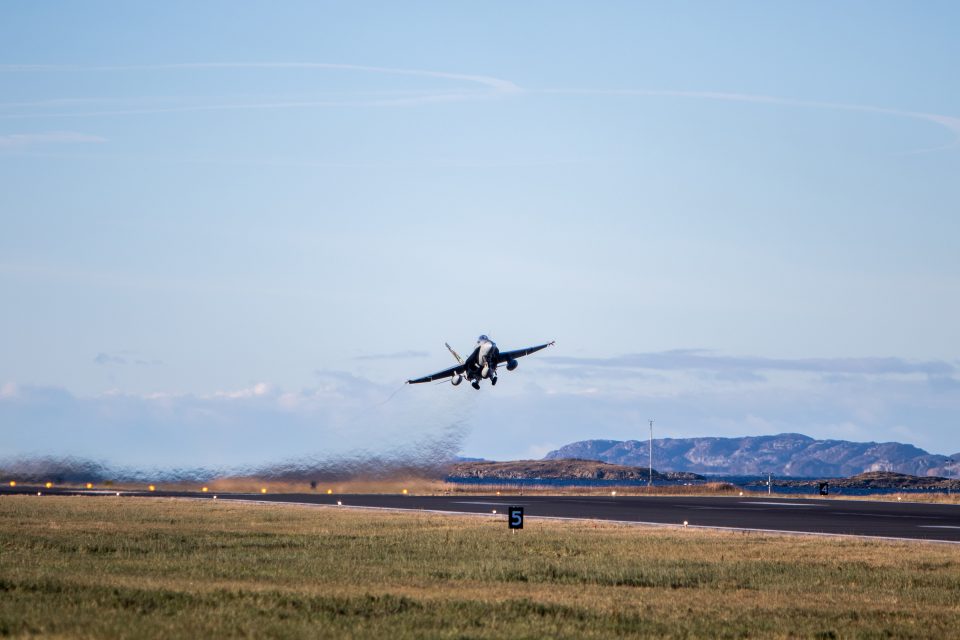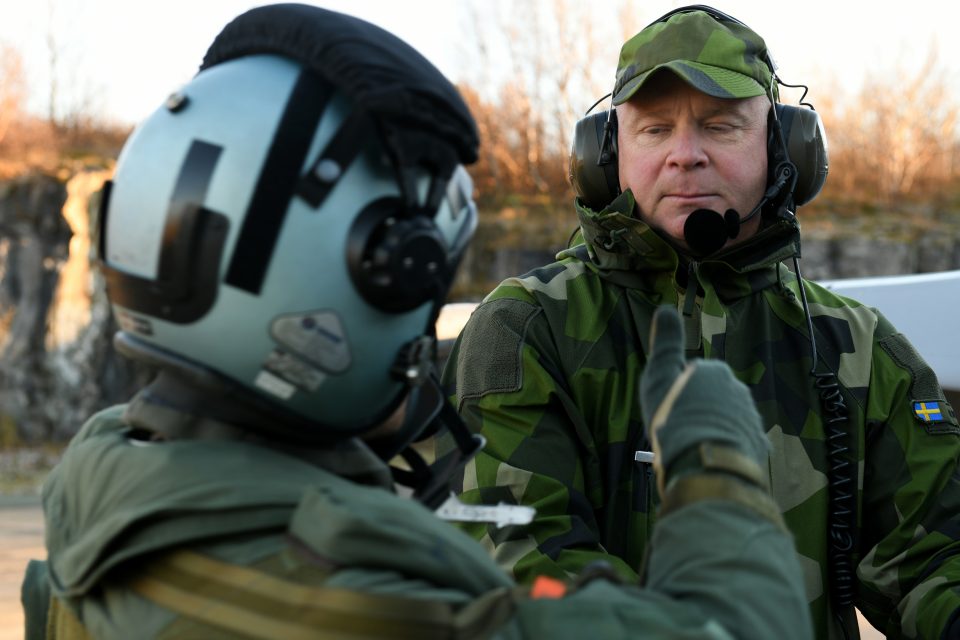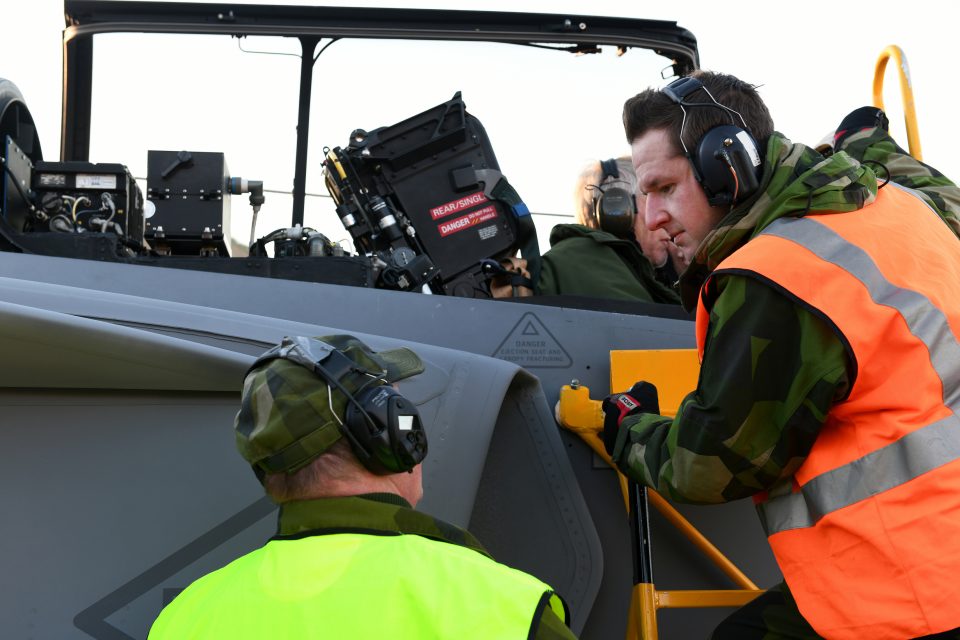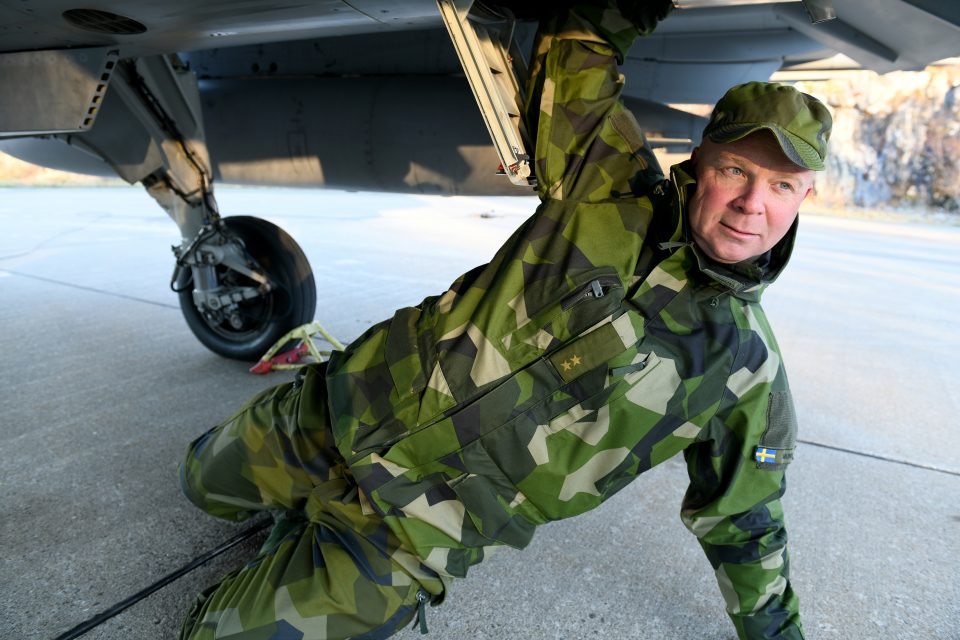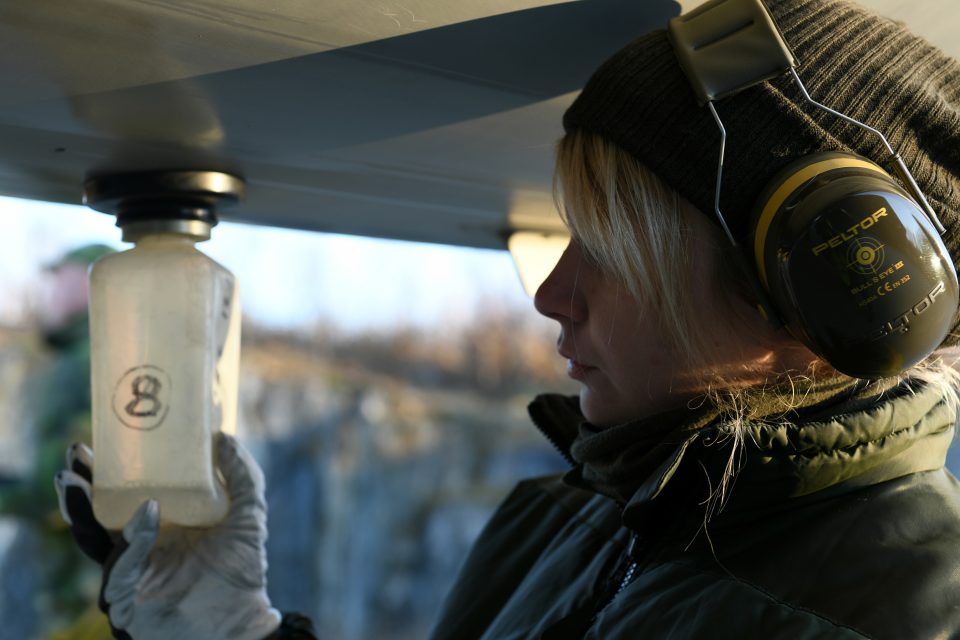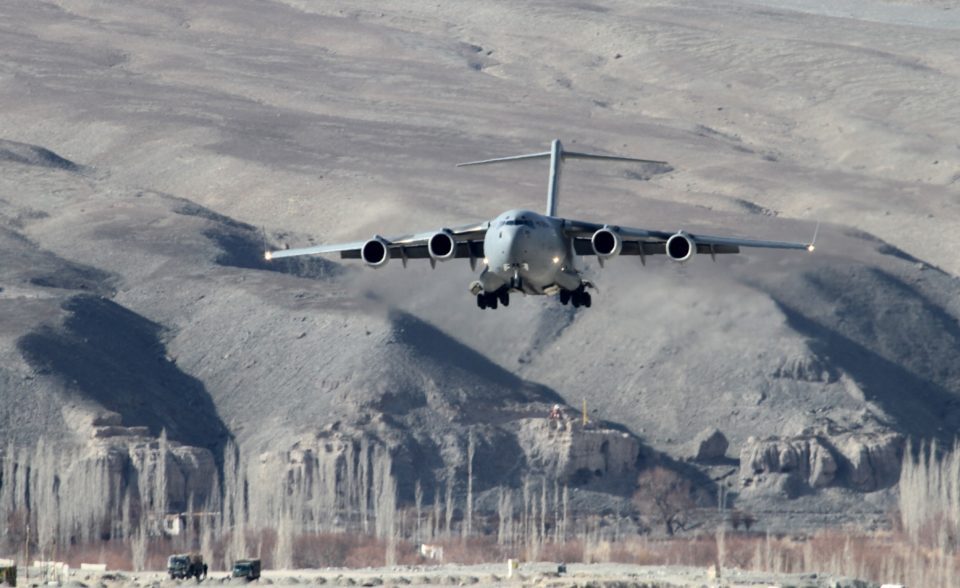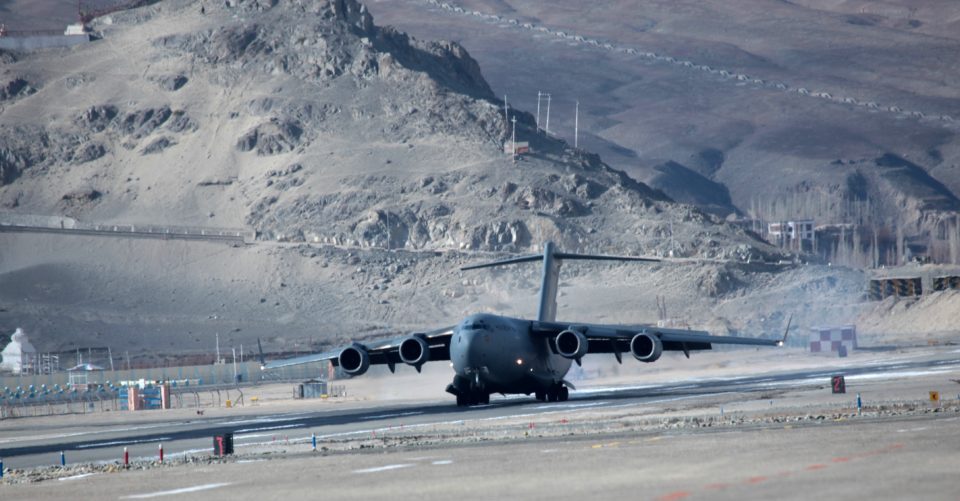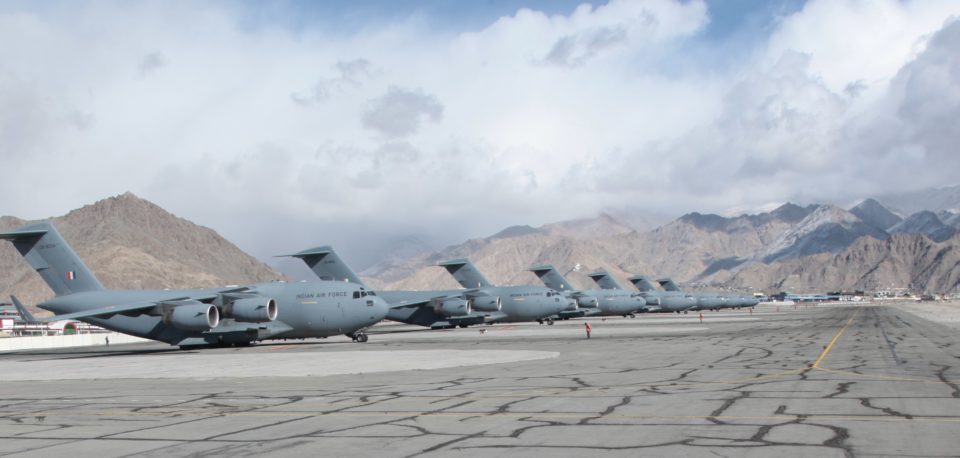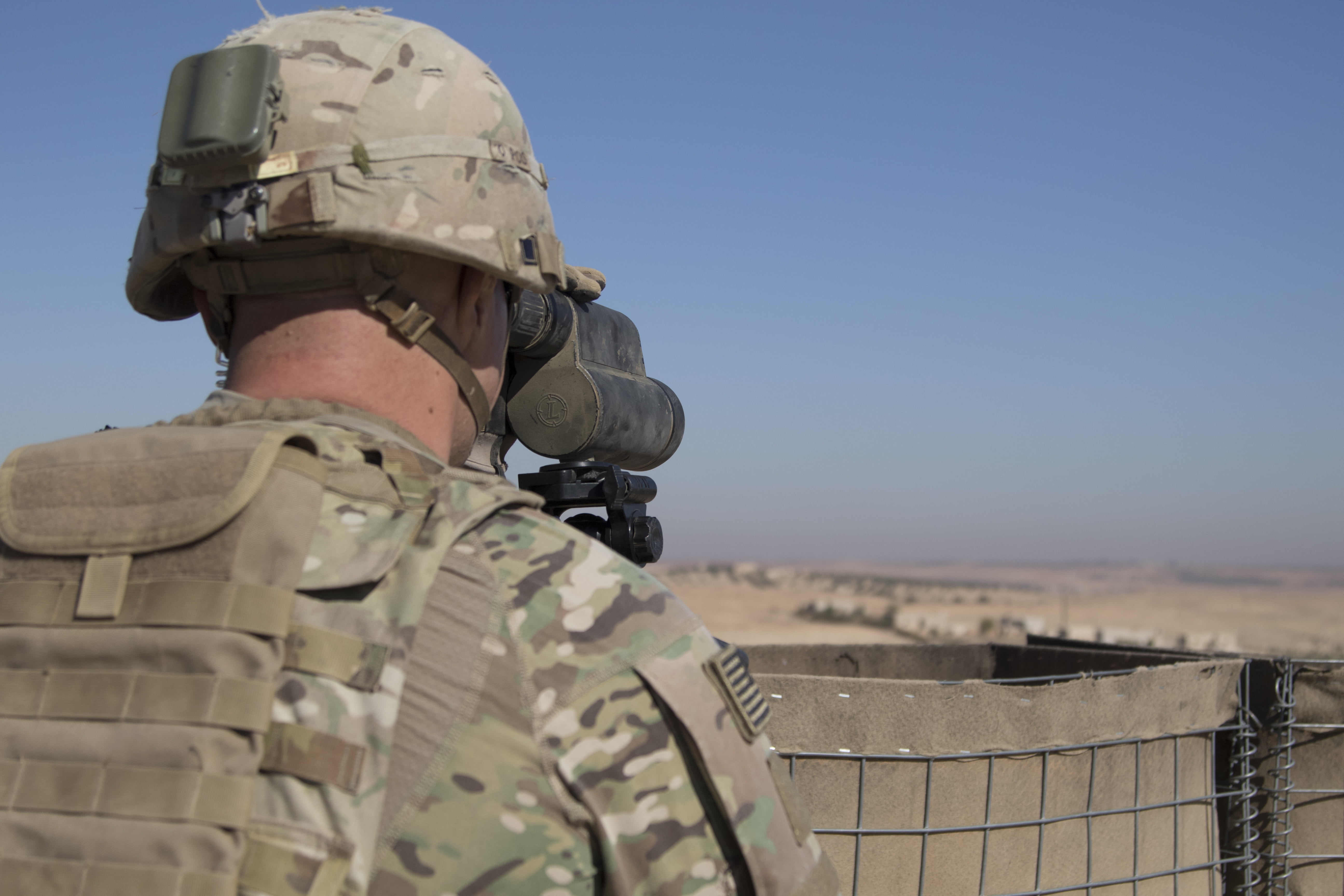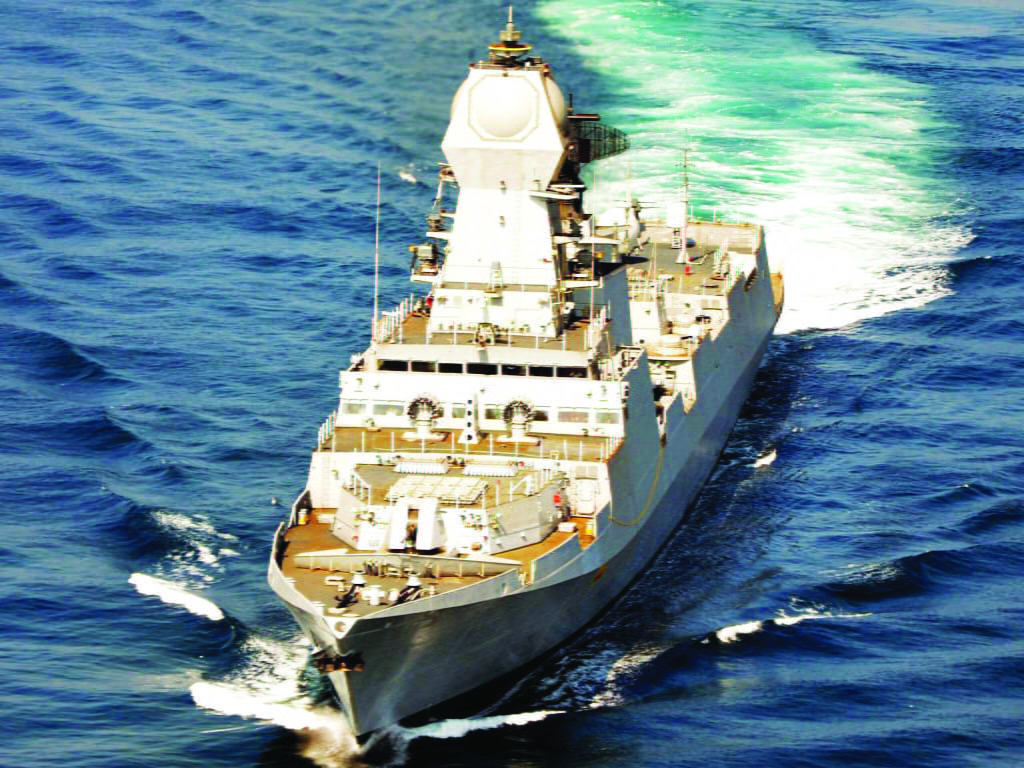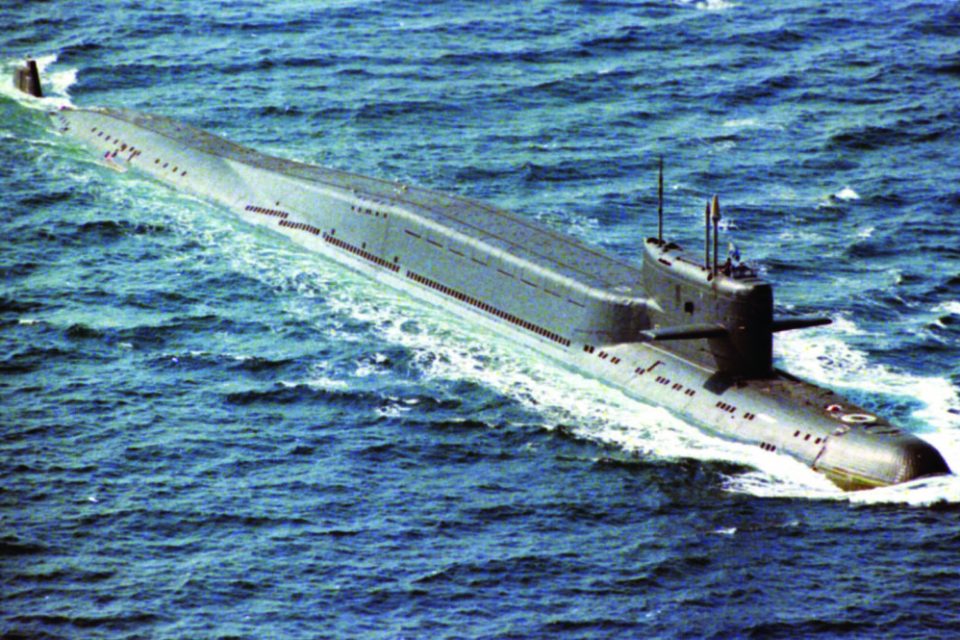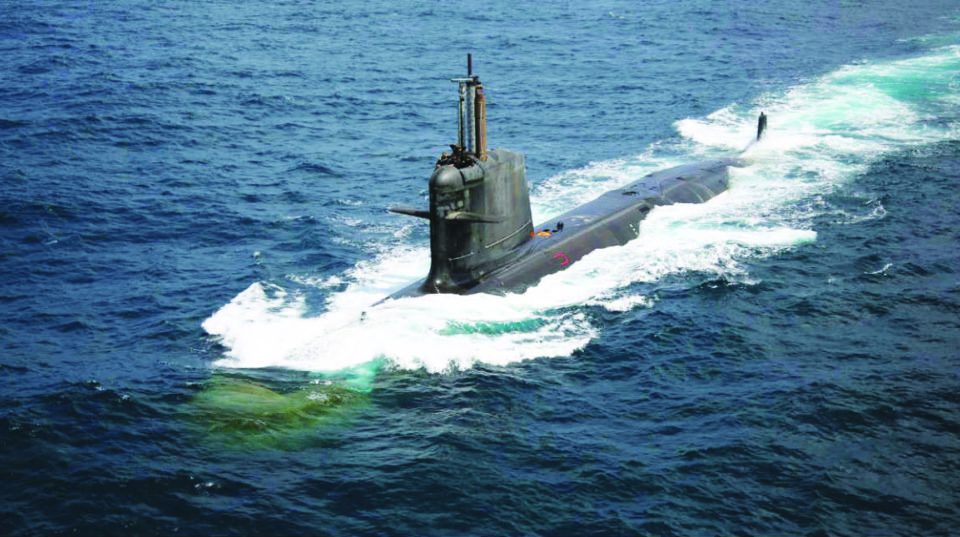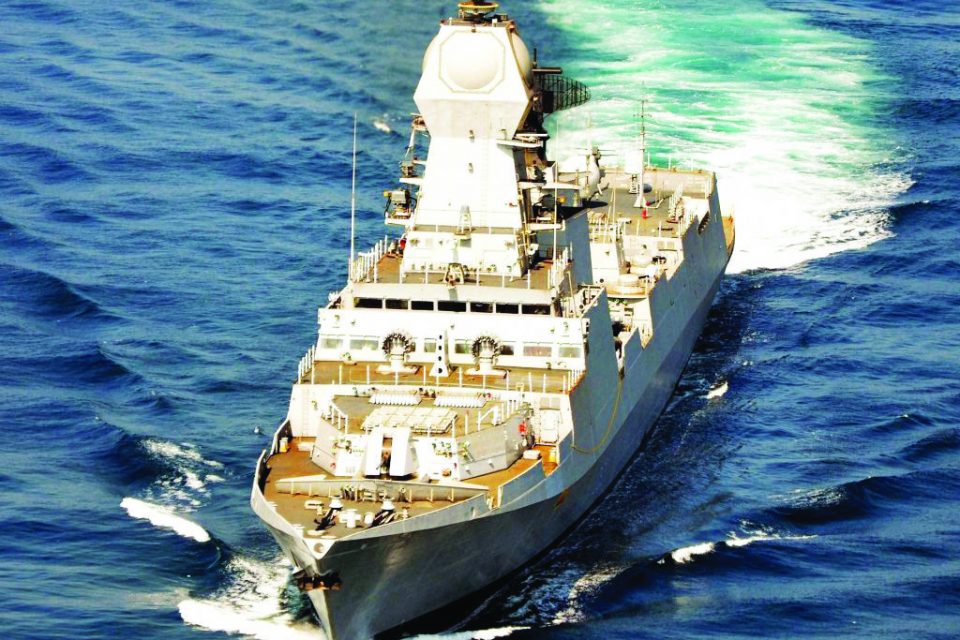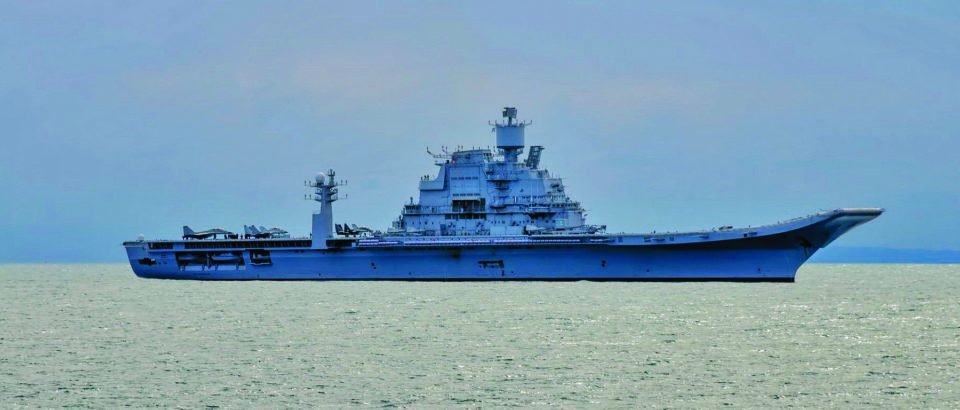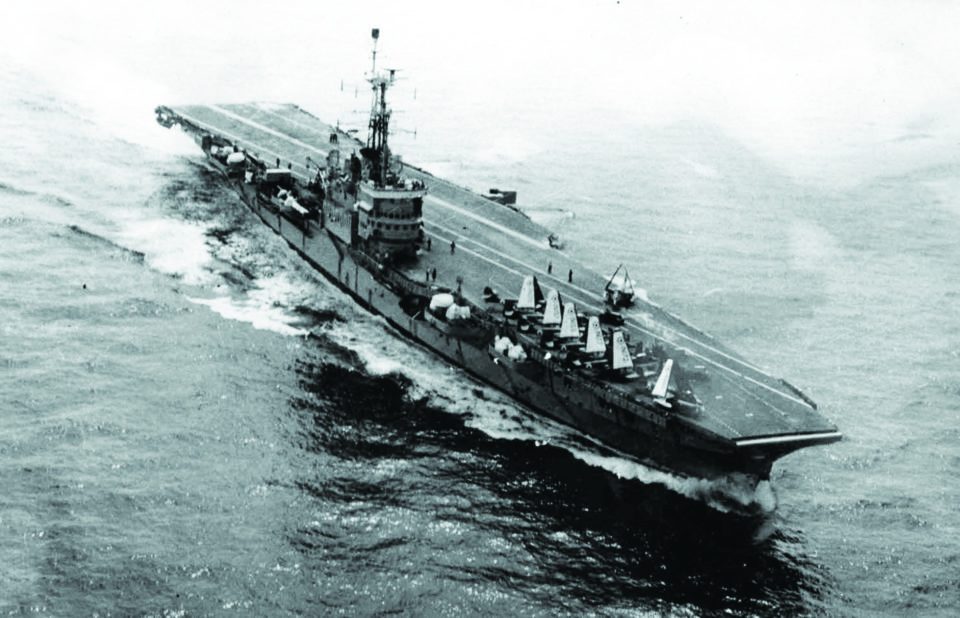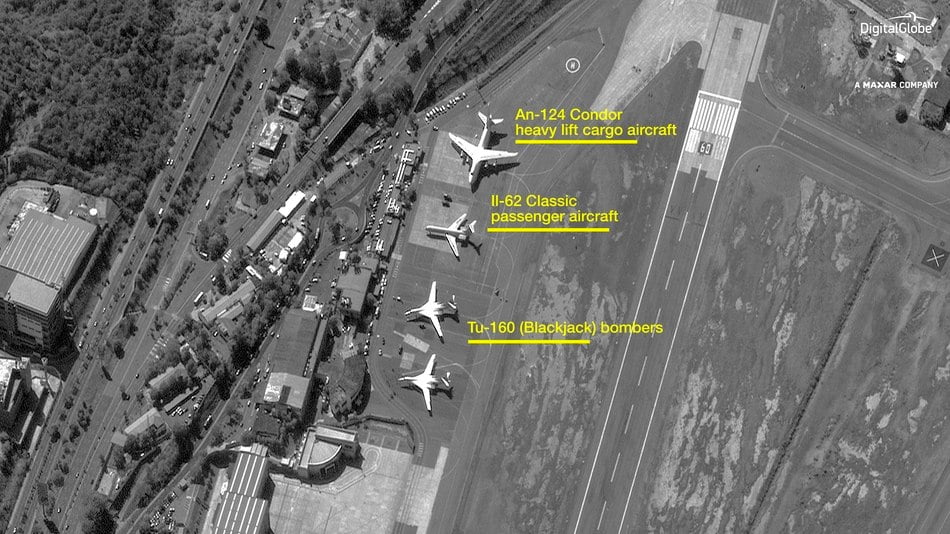By Richard Weitz
“This is a great New Year’s present for the country,” President Putin told senior Russian military and political leaders when he oversaw Russia’s successful test of its new Yu-71 Avangard Hypersonic Glider from the country’s National Defense Control Center at the end of December.
According to the Kremlin, Russia’s Strategic Missile Forces successfully launched the weapon from a silo in the Dombarovskiy missile base in the Ural Mountains of southwestern Russia at a target more than 6,000km distant in the Kura range on Russia’s Kamchatka Peninsula.
Deputy Prime Minister Yury Borisov claimed that the Avangard reached a speed of Mach 27 (approximately 33,000 kilometers per hour) in the test.
Putin said that the Yu-71 Avangard system can maneuver horizontally and vertically thousands of kilometers and withstand temperatures of up to 2,000 degrees centigrade.
Russia’s Federal Space Agency oversaw the research-and-development work of this project, which was performed by the Reutov-based Research and Production Association of Machine-Building enterprise, the Motor and the Special Machine-Building design bureaus, and the Nauka Research and Production Association, which developed the craft’s thermoregulation system and composite materials.
There were unsurprisingly many failed tests of the previous Yu-70/102E prototype given the technical complexities and limited defense resources.
However, after what Putin termed “a major, long-lasting and complex effort that required groundbreaking solutions,” Moscow has apparently succeeded in developing an operational system.
So far, the Russian government has primarily brandished hypersonic systems for national prestige. Putin and other Russian leaders, echoed by their national media, have characterized the country first possession of some of these weapons as demonstrating Russian military prowess and even superiority over the West, at least to domestic audiences.
As The Washington Post noted, “The fanfare surrounding the [December 2018 Avangard] test — it led the TV news, and state media reported that Putin gave the launch order — underscores how central nuclear saber-rattling has become to the Kremlin’s effort to depict Russia as a global superpower for audiences at home and abroad.”
Over the next decade, however, Russia plans to deploy perhaps two dozen strategic HGVs, beginning with two “Avangard” 15Yu71 nuclear-armed gliders assigned to a regiment of the Strategic Missile Forces in 2019.
The current Russian state armament has made equipping the Russian armed forces with hypersonic technologies—weapons capable of traveling in excess of five times the speed of sound—a priority.
The Russian Air Force has been testing a hypersonic air-to-surface ballistic missile, the Kh-47M2 Kinzhal (Dagger). Its solid-propellant engine can accelerate the missile to reportedly Mach 10 speed.
In March 2018, the Ministry of Defense released a video showing a Mig-31BM supersonic fighter, based in Russia’s Southern Military District, launching a Khinzal at a ground target. The system can supposedly undertake evasive maneuvers to overcome traditional U.S. ground and naval air defense systems.
According to Putin, the Khinzal air-launched ballistic missile (ALBM) can carry a nuclear or conventional warhead for a range of over 2,000km. This figure may include the combat radius of the plane carrying the missile, since Tass reports a source describing how the Kinzhal’s range will reach more than 3,000km when launched from a Tu-22M3 bomber, which can carry several of these missiles, due to the longer-range of the bomber compared to a fighter plane.
Russian sources describe the Kh-47M2 as a variant of the land-based Iskander-M ballistic missile, which has a stated range of only 500km. By this reckoning, the missile might be able to reach intercontinental range with refueling of the carrier or if the plane does not return to its home base.
Although the Mig-31 will be the main carrier of the missile, the Russian defense industry plans to equip Russia’s new fifth-generation Su-57 Stealth fighter with a similar ALBM, though of smaller size to fit inside the plane’s internal weapons bay, as well as hypersonic air-to-air 300km missiles.
Meanwhile, the Russian Navy is equipping its submarines, cruisers, destroyers, frigates, and other warships with the 3C14 universal vertical launch platform, which can potentially fire multiple subsonic, supersonic, or hypersonic anti-ship and land-attack cruise missiles.
Through the BrahMos Aerospace joint venture, formed by Russia’s NPO Mashinostroyeniya rocket design bureau and India’s DRDO, the two countries have been developing supersonic cruise missiles for use by both their armed forces against land and naval targets as well as for possible export to other countries.
The Russian-Indian joint venture has also planned to develop the BrahMos-II, a hypersonic variant of the missile.
The Research and Production Association of Machine-Building has been developing the Zircon 3M-22 (3K-22), a hypersonic anti-ship cruise missile that has a stated range of 400km and a speed of from Mach 4 to March 6. It falls in the same technological family as the Russian-Indian supersonic version of the BrahMos, though the exact relationship between the two missiles is unclear.
Following years of development and testing by the Russian Tactical Missiles Corporation JSC, the Zircon will enter serial production in the next few years as a core anti-ship, and potentially land-attack, missile on the Pyotr Veliky and Admiral Nakhimov nuclear missile cruisers as well as the Steregushchy-class Project 20380 corvettes, the Admiral Gorshkov-class Project 22350 frigates, and the Project 885 Yasen-class attack submarines.
At the operational level, these systems would reinforce Russia’s anti-access/area denial strategy, since they could more effectively attack U.S. carriers and other warships than existing conventional missiles.
The proliferation of hypersonic technologies to other countries could present additional anti-access/area denial challenges to the U.S. military.
The best means of presently countering these hypersonic missiles is through destroying their launchers before they can be used.
The United States and its allies will need additional means of defense as these weapons proliferate.
The featured photo is taken from the following source:
https://sputniknews.com/russia/201701211049856785-russia-army-hypersonic-vehicles-technology/
Editor’s Note:
Of course, the US has been a leader for some time in hypersonic research and will see fruition of this technology sooner rather than later.
The question becomes how this technology becomes integrated into US and allied concepts of operations both for the offensive-defensive enterprise being generated around the new generation of airborne technologies and reset of 360 strike and defense operations.
In the US and allied case, hypersonics can be joined with a significant redesign of the air-sea combat enterprise as well.
See for example:
Shaping an S-Cubed Combat Revolution: Preparing for the Coming Hypersonic Cruise Missile Threat


